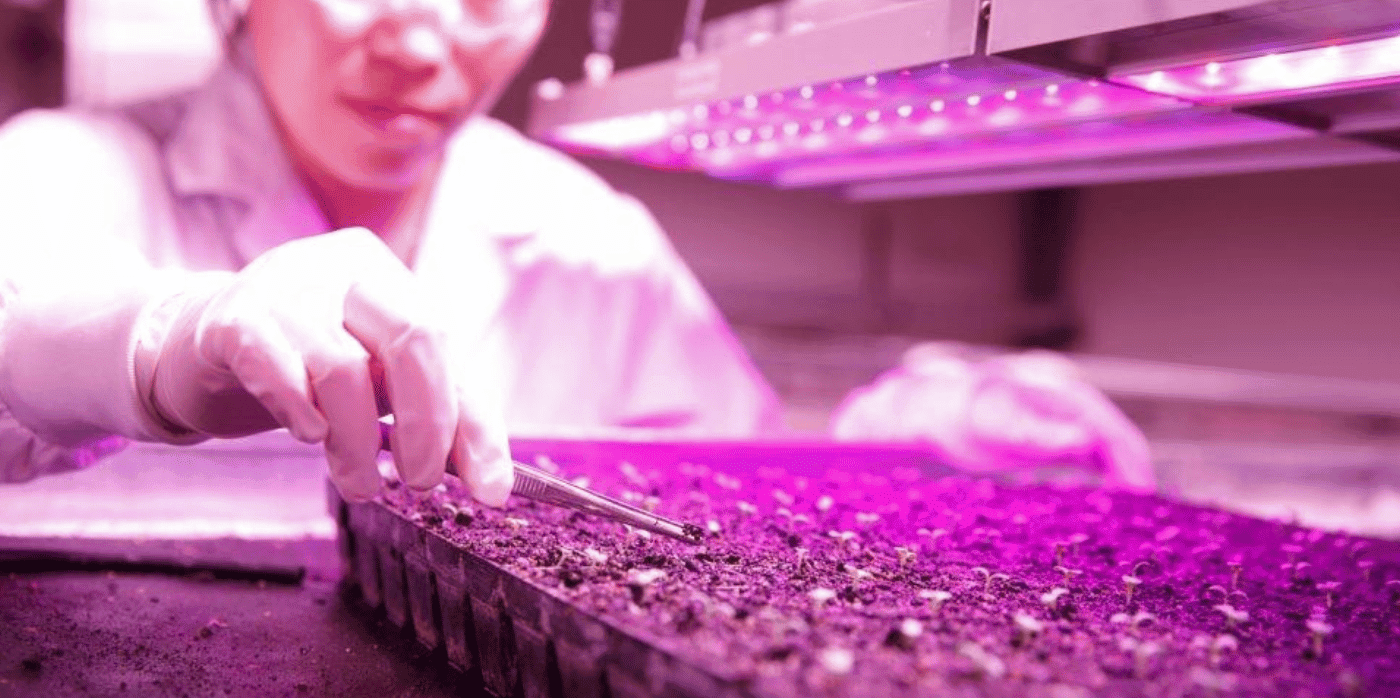Illuminating agriculture: UV light revolutionises rice farming

Spotted: Rice is an essential crop for nearly half of the world’s population. Traditional rice cultivation involves planting seedlings in flooded fields, which presents many environmental challenges, such as methane emissions and water scarcity. Direct Dry Seeded Rice (DDSR) is a more sustainable practice where rice seeds are implanted directly into the soil rather than being grown as seedlings and transferred to flooded fields. But it comes with challenges such as increased weed management and reduced crop performance. But now, startup BioLumic believes that ultraviolet (UV) light could make DDSR more viable.
BioLumic’s UV Light Signal Recipe platform uses targeted light spectrum exposure to regulate the genetic expression in seeds and young plants without needing genetic modification, chemical inputs, or time-intensive breeding. BioLumic’s approach optimises rice seeds for DDSR production by activating preferred plant traits, including uniform and early seedling growth, weed competitiveness, and drought tolerance. The company’s methods are scalable, quick to implement, and do not require expensive facility expansion or large input costs.
Other crops that have undergone BioLumic’s light treatments have already shown improved quality, resilience, and greater root growth. And during trials conducted in the US, yields were also increased by 15 per cent for corn and 12 per cent for soybeans. The hope is that similar results can be achieved for rice – a staple for more than 3 billion people.
BioLumic is focusing its attention on the Indo-Gangetic region in India and recently received a grant from the Bill & Melinda Gates Foundation to help the company rapidly deploy its UV treatment technology, in a project that will run from this year until mid-2026.
UV light has been proven to be an effective tool in maintaining and cultivating plants. Springwise has spotted many innovations using UV to their advantage like robots and UV light that protect strawberries and grapevines, as well as a system that uses crop waste and UV light to generate renewable energy.
Written By: Anam Alam

